Loading content - please wait...
Winged Pipefish juvenile emerges from hiding
Winged Pipefish are rarely seen. So, imagine our surprise to find a juvenile, complete with its distinctive wings!
Coming a Coral Wall
Miguel’s Diving staff work diligently to discover the hidden secrets of Gorontalo’s coral-rich dive sites. The dense hard coral environment provides many places for rare marine life to hide. This makes them hard to find.
Yet one day, staff discovered a juvenile Winged Pipefish. It was hiding among clumps of Halimeda coralline algae. This green algae has flat, round discs. As they age and die, the green surface peels away, leaving a brilliant white skeleton. After being crushed by waves, it becomes white sand. Underwater, the contrast between dark green and bright white makes a perfect place for pipefish to hide.
Unfortunately, no macro photographers were on board on the day of discovery. So, the crew returned to the site the following day to make some photos and this video. Gorontalo’s direct sunlight made shooting quite a challenge since the Winged Pipefish floated out of dark corners to over-lit sand and algae patches.
Distinctives of Winged Pipefish
Its scientific name is Halicampus macrorhynchus because of its long nose. Other common names include Ornate or Whiskered Pipefish.
One main distinctive is fleshy growths on its body. Notice the eight to ten pairs of skin flaps along the body. As the pipefish matures, these begin to disappear. Also, its long nose and face have these growths. In fact, these growths can make the face hard to see. The body color varies greatly but usually shows white spots along its back.
Like other pipefish and seahorses, the Winged Pipefish male will brood eggs in a ventral pouch. Divers report seeing this species in Bali, Sulawesi, and Raja Ampat.
For your chance to make memories in Gorontalo, please make your dive reservations directly with Miguel’s Diving.
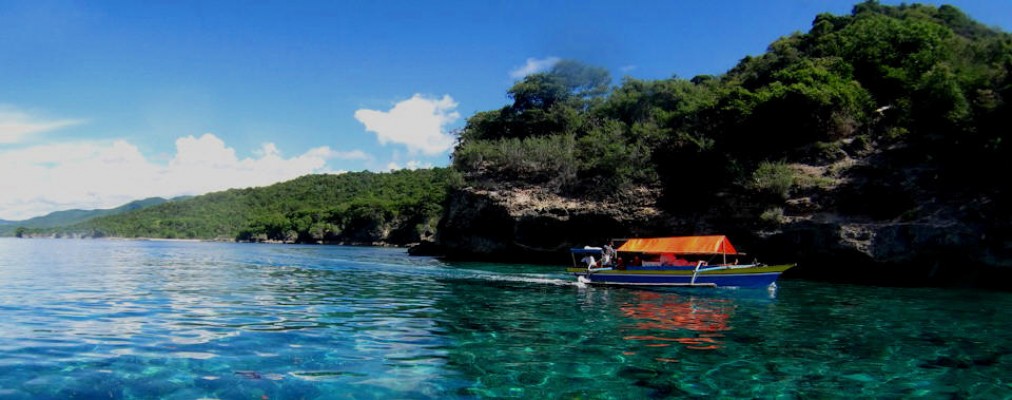
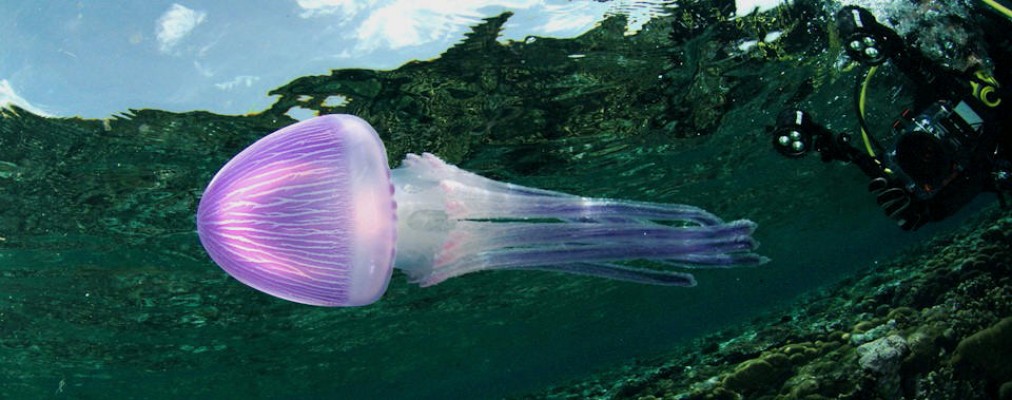
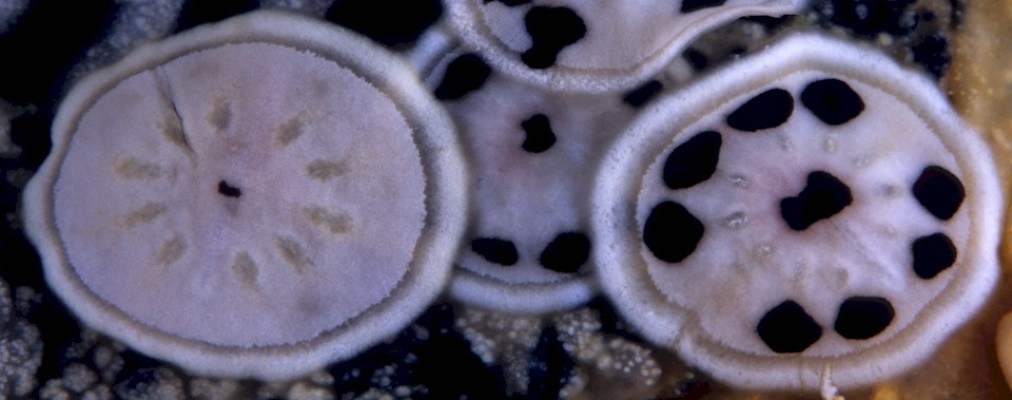
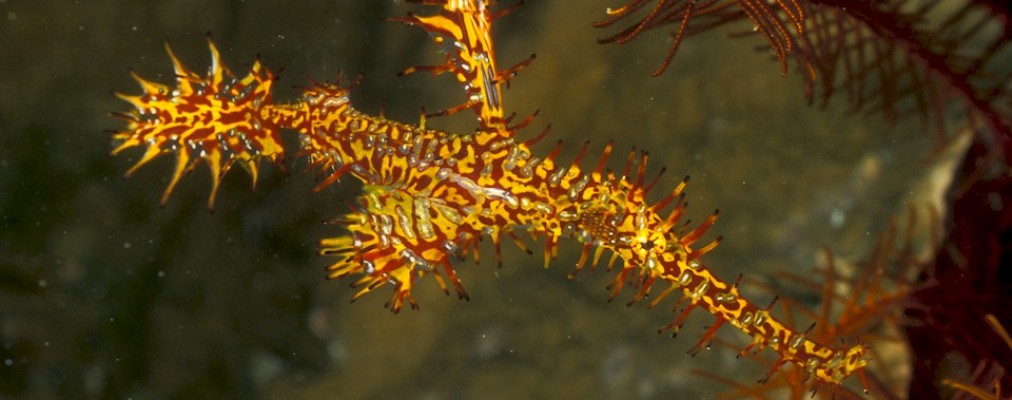
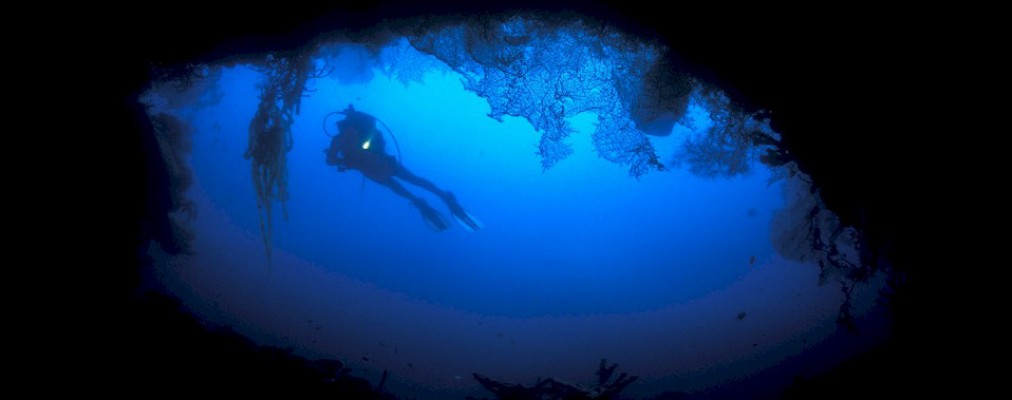
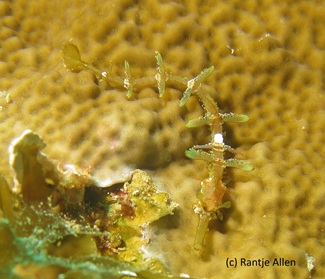

Sorry, comments are closed for this post.